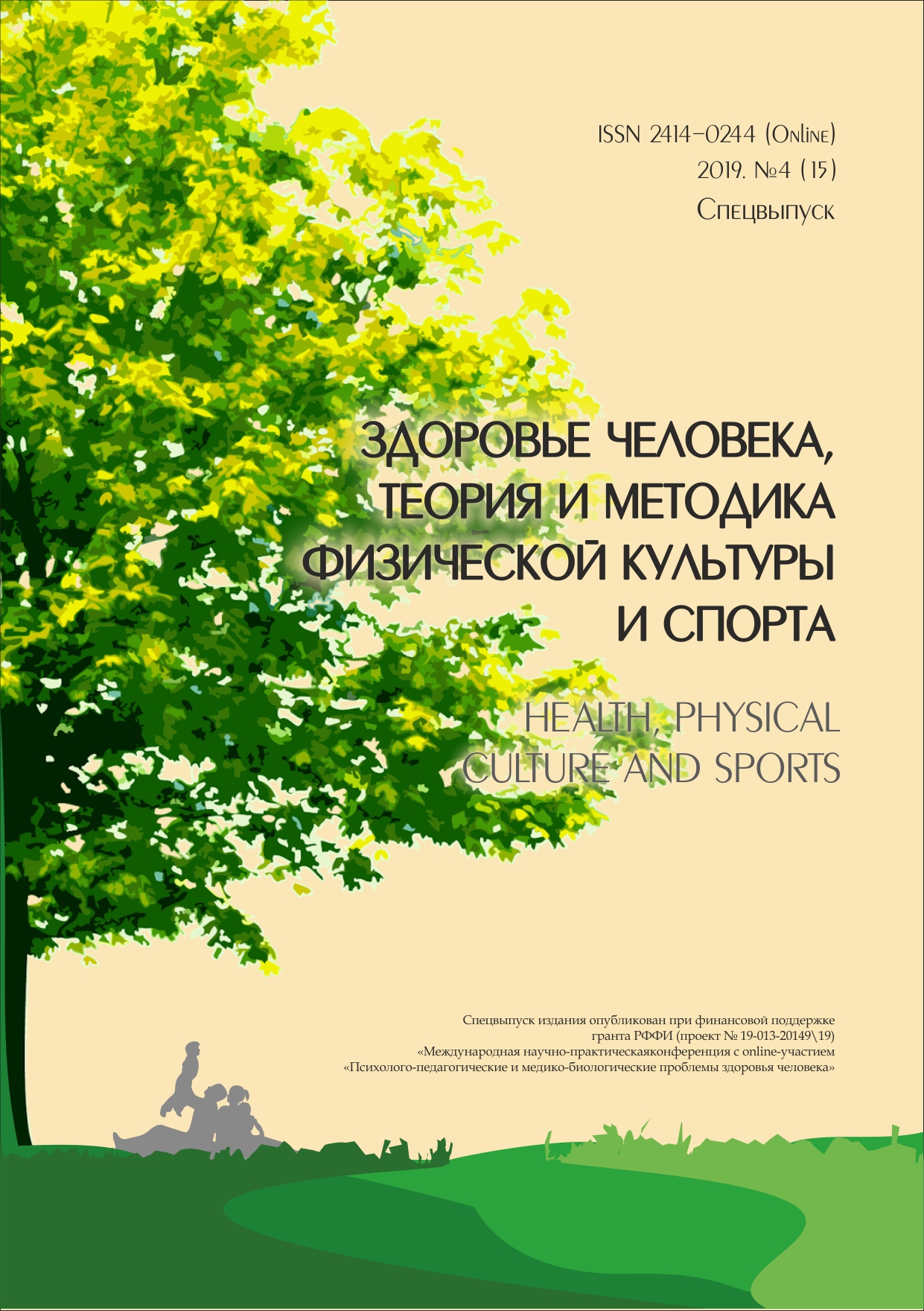DEVELOPMENT OF SPECIAL ENDURANCE AT RUNNERS FOR LONG DISTANCES
Abstract
This article deals with the problem of development of General and special endurance inchildren engaged in athletics. Development of power abilities as a component of the development ofGeneral endurance. What determines the development of General endurance. Complexes of exercisesaimed at the development of General endurance. Muscle adaptation to stress. Work muscular systemin oxygen regime. Endurance the ability of the body to resist fatigue.Endurance as a physical quality required in every sport of athletics. An indicator of enduranceis the time during which muscle activity of a certain nature and intensity is carried out.As the results of modern scientific research show, the leading role in the manifestation ofendurance belongs to the factors of energy metabolism and vegetative systems that provide it(cardiovascular, respiratory, Central nervous system). The world health organization considers themain parameter of human health maximum oxygen consumption the level of endurance developmentAll energy exchange factors are evaluated by power criteria that reflect changes in the rate of energyrelease. To assess the endurance of the parameters of power, capacity, and efficiency, the most importantare the direct physiological and biochemical changes in the exercises where it is possible to achieve themaximum values for these parameters. Overall endurance depends on the delivery of oxygen to the workingmuscles, i. e. the functioning of the oxygen transport system: cardiovascular, respiratory and bloodsystem. Development of General endurance is provided by diverse alterations in the respiratory system. With the development of endurance in schoolchildren, it is necessary to create conditions witha steadily increasing increase in total aerobic endurance based on various motor activities. Thedeveloped weekly cycle of trainings allows to influence development of the General endurance. Thedevelopment of special endurance in long-distance runners also occurs when using the additionalfunds.Such as 100‑meter acceleration on each 200‑meter segment; running uphill; running on softground-strengthens the muscles and ligaments of the legs
Downloads
References
Артюшин С. А., Золотова М. Ю. Использование выносливости и силы в оздоровлении старшеклассника // Физическая культура в школе. 2010. № 2. С. 44–47.
Воспитание выносливости // Онлайн конвертация. [Электронный ресурс]. URL: http://port.bulun.ru.
Ершов В. Ю., Михайлова Е. А. Интегративный подход к обучению легкой атлетике: учеб. —метод. пособие для студентов направления 034300 «Физическая культура». Великие Луки: Великолукская государственная академия физической культуры и спорта, 2013. 112 с.: ил. [Электронный ресурс]. URL: https://lib.rucont.ru/efd/279195
Курамшин Ю. Ф. Теория и методика физической культуры: учебник / под ред. проф. Ю. Ф. Курамшина. М.: Советский спорт, 2003. 464 с.
Лазарев И. В., Кузнецов В. С., Орлов Г. А. и др. Практикум по легкой атлетике: учеб. пособие для студ. сред. пед. учеб. заведений. М.: Академия, 1999. 160 с.
Листова М. Л. Выносливость важный показатель здоровья человека // Физическая культура в школе. 2010. № 5. С. 39–40.
Верхошанский Ю. В. Основы специальной физической подготовки спортсменов. М.: Физкультура и спорт, 1988. 331 с.
Годик М. А. Контроль тренировочных и соревновательных нагрузок. М.: Физкультура и спорт, 1980. 136 с.
Железняк Ю. Д., Петров П. К. Основы научно-методической деятельности в физической культуре и спорте: учеб. пособие для студ. высш. пед. учеб. заведений. М.: Академия, 2002. 264 с.
Жилкин А. И., Кузьмин B. C., Сидорчук Е. В. Легкая атлетика: учеб. пособие для студ. высш. учеб. заведений. М.: Академия, 2007. 464 с.
An author should not normally publish manuscripts describing essentially the same research in multiple journals or publication venues. Such redundant publication is generally considered to constitute unethical publishing behavior, and if discovered may result in a manuscript under consideration being rejected, or a published article being retracted.
Authors of manuscripts reporting on original research should present an accurate account of the work performed, accompanied by an objective discussion of its significance. Underlying data should be represented accurately in the manuscript. The manuscript should contain sufficient detail and references to permit others to replicate the work. The fabrication of results and the making of fraudulent or knowingly inaccurate statements constitute unethical behavior and may be cause for rejection or retraction of a manuscript or published article.





